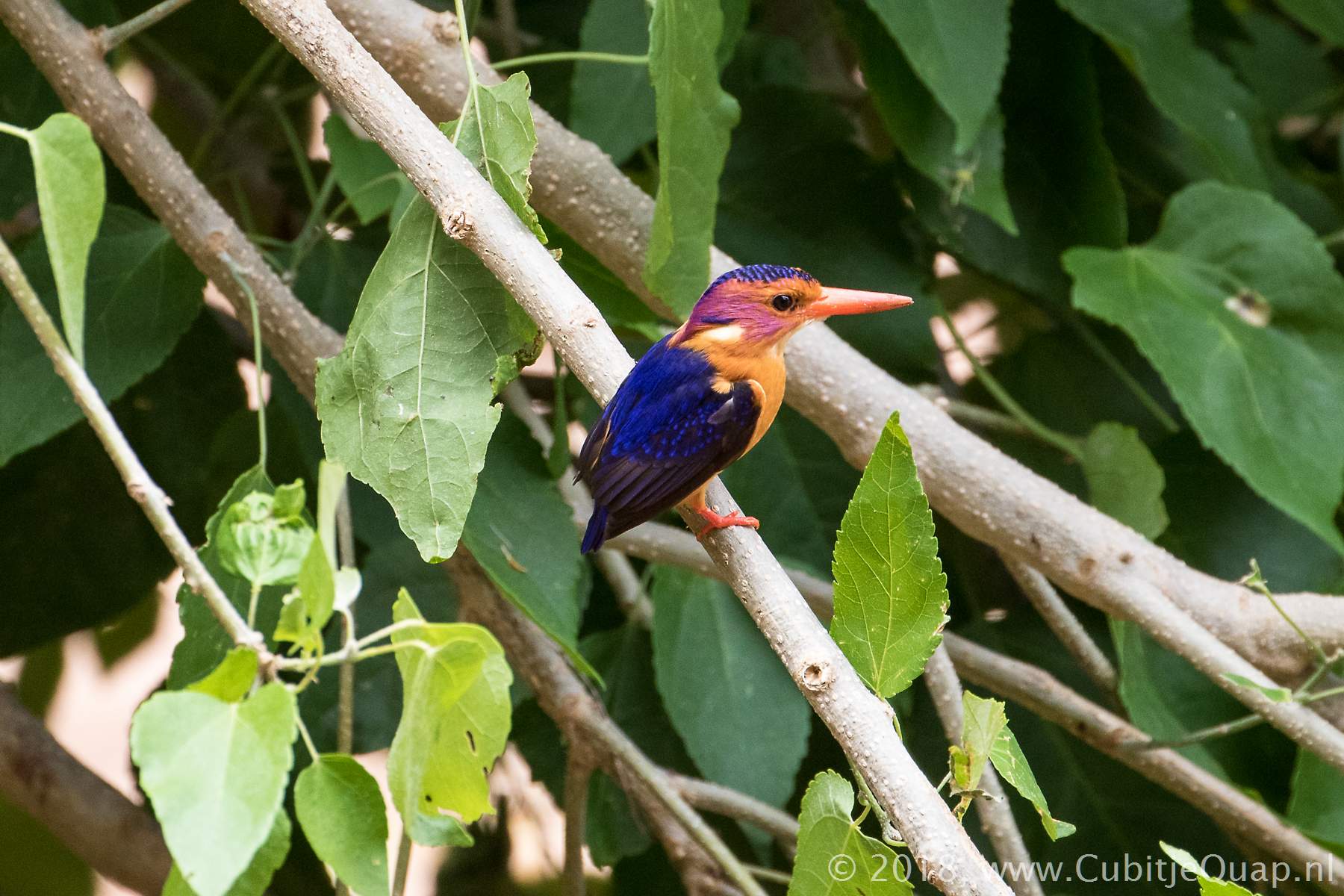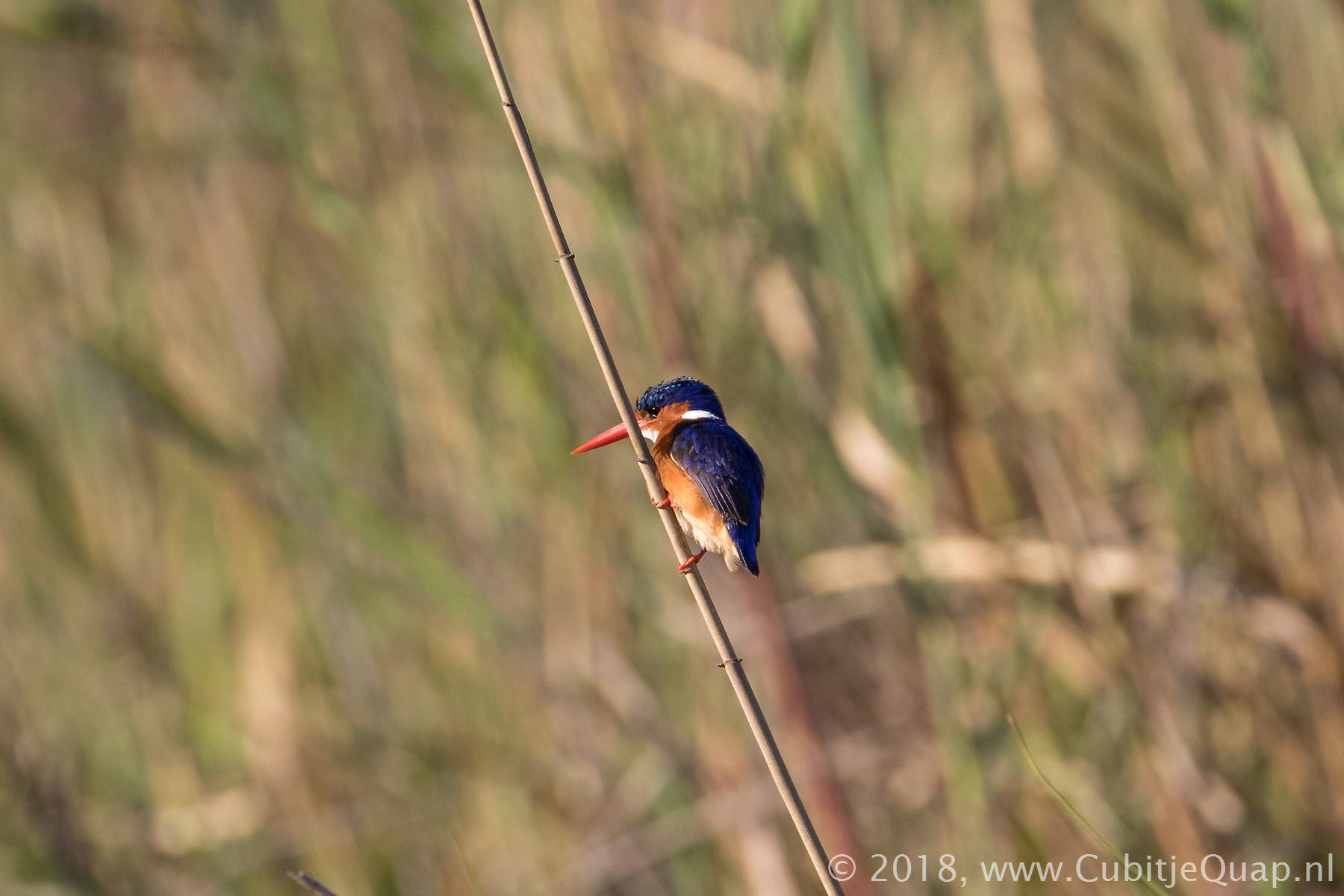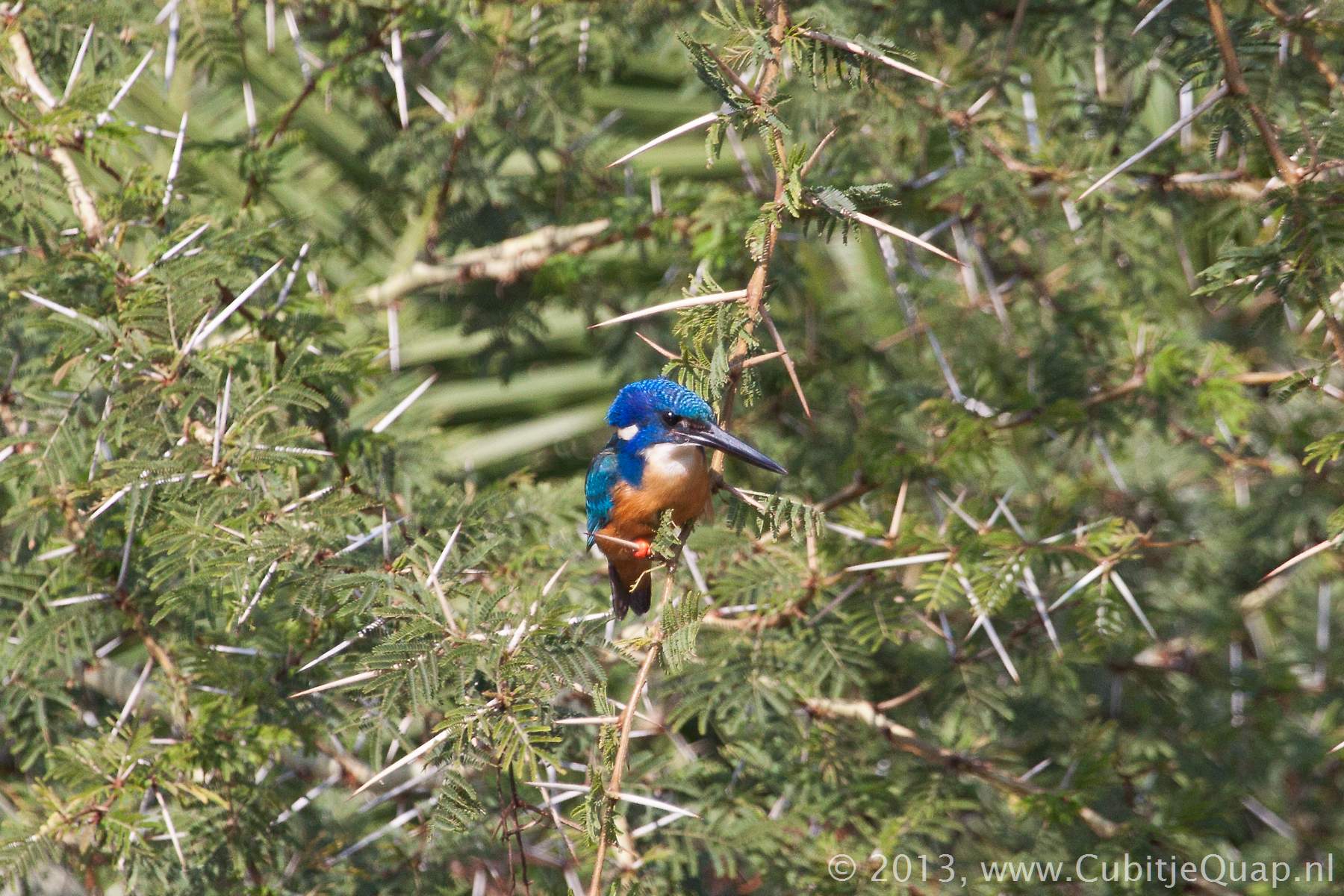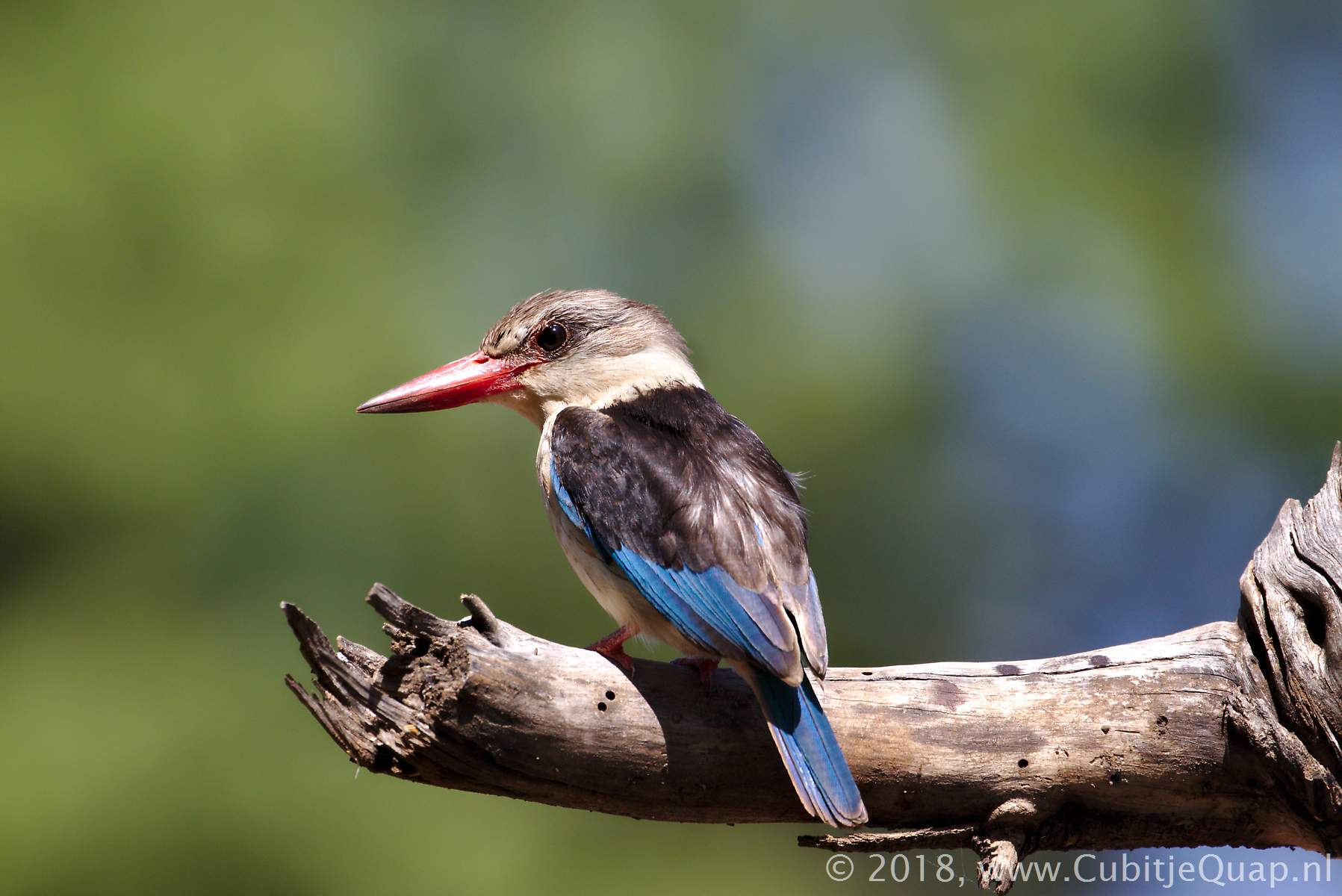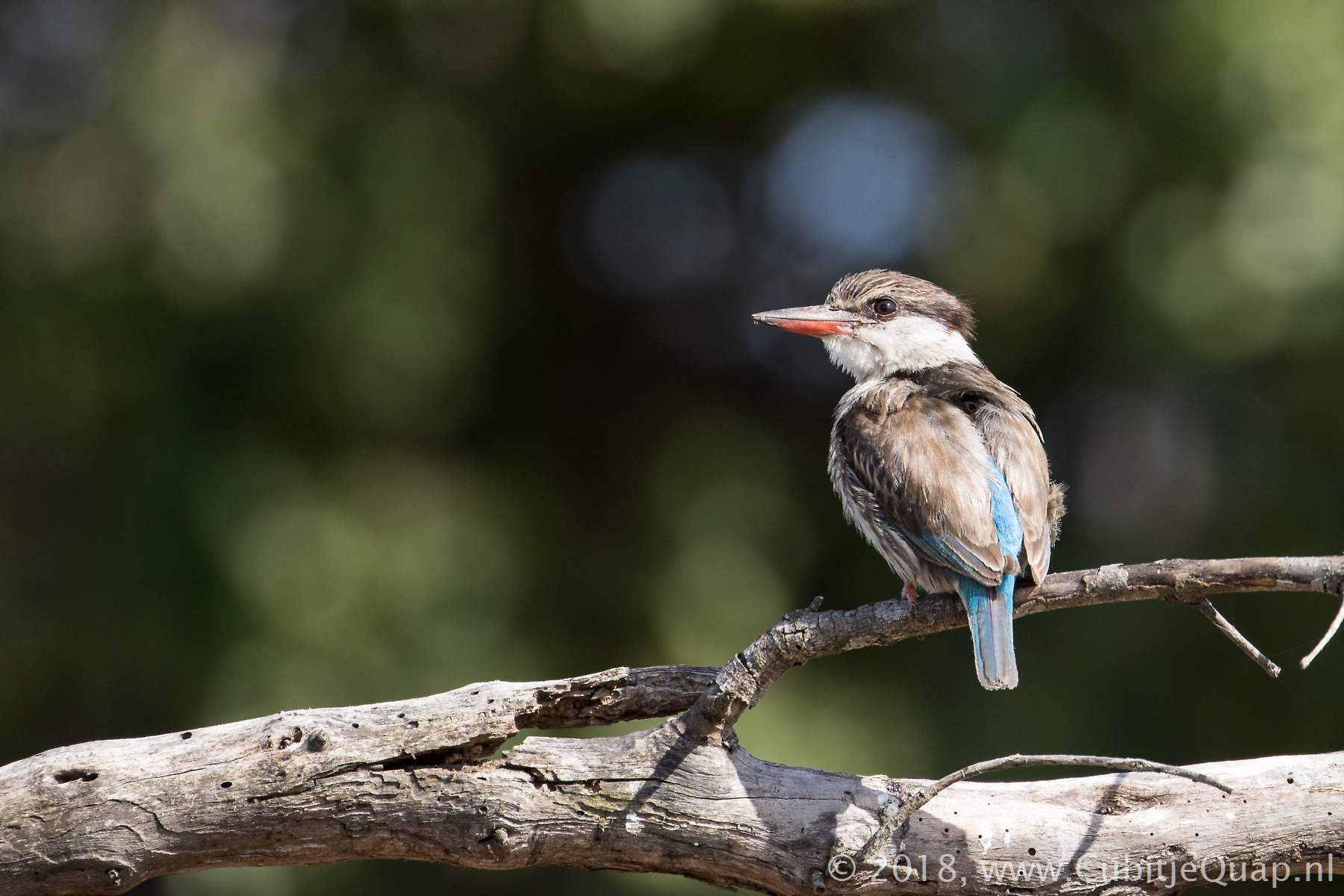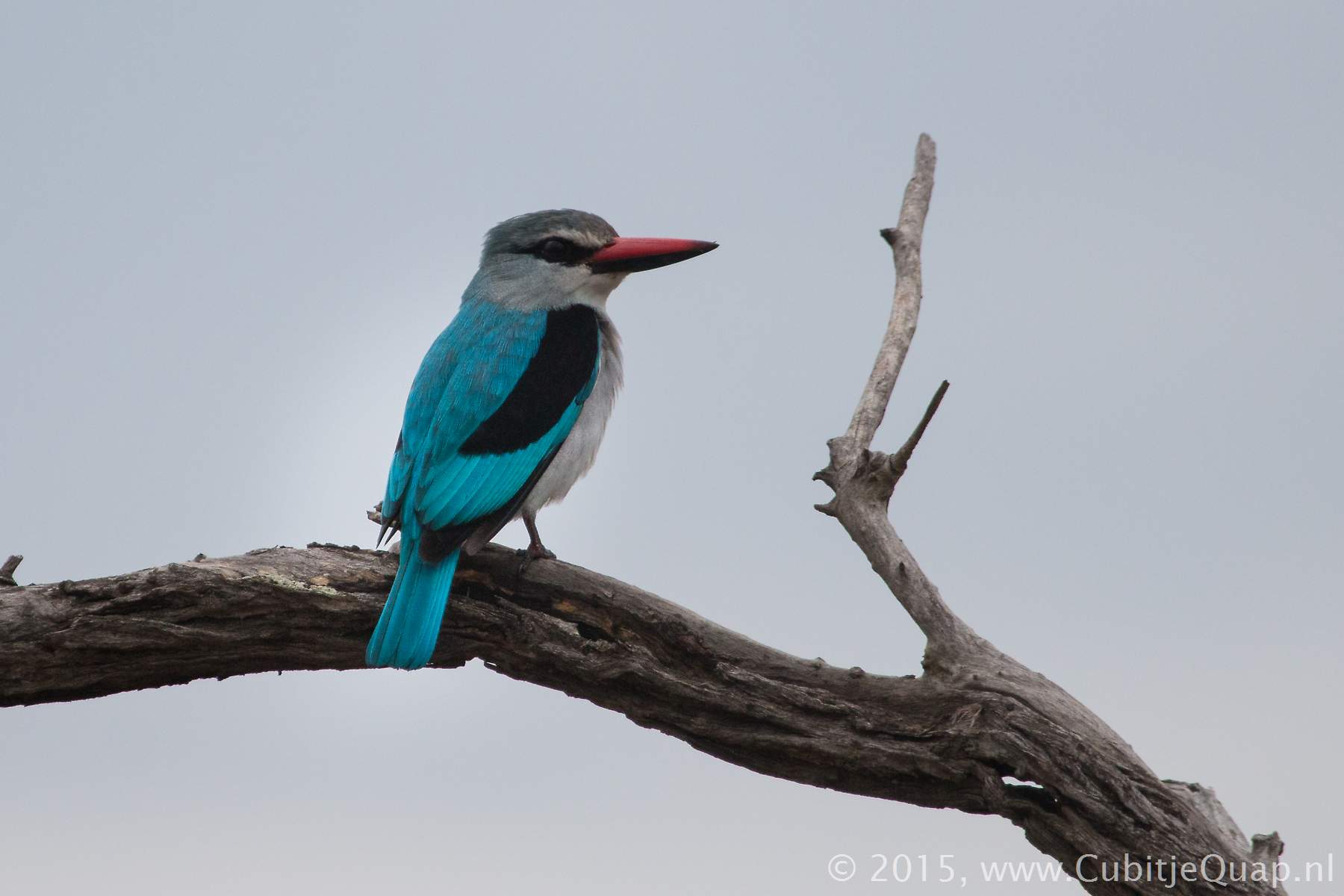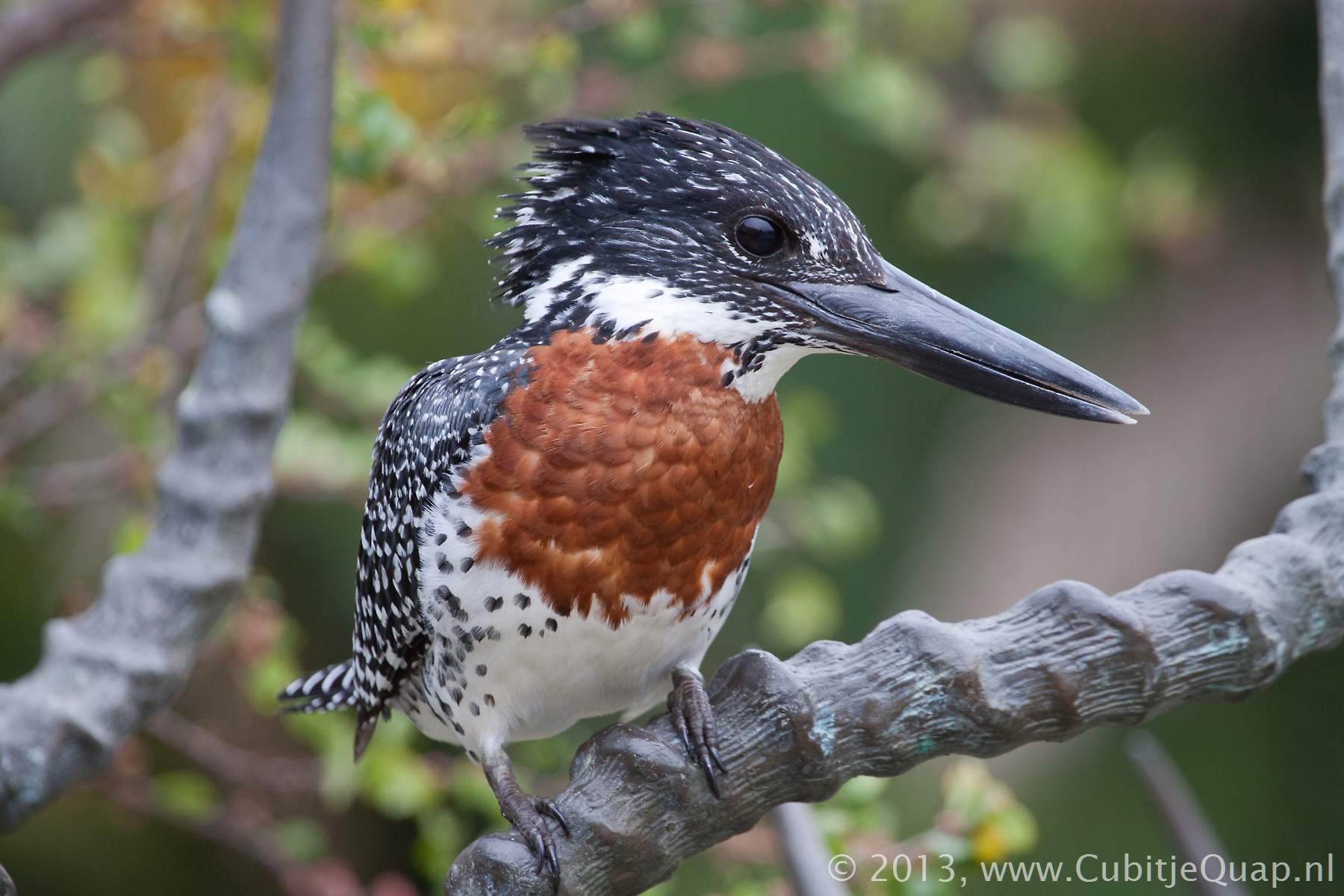Kingfishers Information page
Description
Familiar, piscivorous or insectivorous birds. They have large heads, long, sharp, pointed bills, short legs, and stubby tails. Most species have bright plumage with few differences between the sexes. They consume a wide range of prey, as well as fish, usually caught by swooping down from a perch. While kingfishers are usually thought to live near rivers and eat fish, most species live away from water and eat small invertebrates. They usually hunt from an exposed perch; when a prey item is observed, the kingfisher swoops down to snatch it, then returns to the perch. Kingfishers of all three sub-families beat larger prey on a perch to kill the prey and to dislodge or break protective spines and bones. Having beaten the prey, it is manipulated and then swallowed.They are territorial and monogamous, their nests are usually either excavated tunnels in banks or in tree cavities. They lay 4 glossy white eggs. incubation and care of young is done by both sexes.
Scientific names
Alcedo = a kingfisherCeryle = a kingfisher
Halcyon = mythical bird that nested on the sea
Ispidina = resembling a kingfisher
Megaceryle = huge kingfisher
Alcedinid kingfishers
This group of kingfishers mainly feeds on fish that are caught within a few centimeters of the surface.Dacelonid kingfishers
This group of kingfishers is also refered to as 'dryland' kingfishers because they are generally found away from water and do not usually eat fish, preferring large invertebrates.Cerylid kingfishers
These are the only crested kingfishers and they do not have blue plumage. They are always found near water and they eat mostly fish. These they aquire by plunge-diving from perches or from a hovering position.Interesting links
Wikipediafatbirder.com

